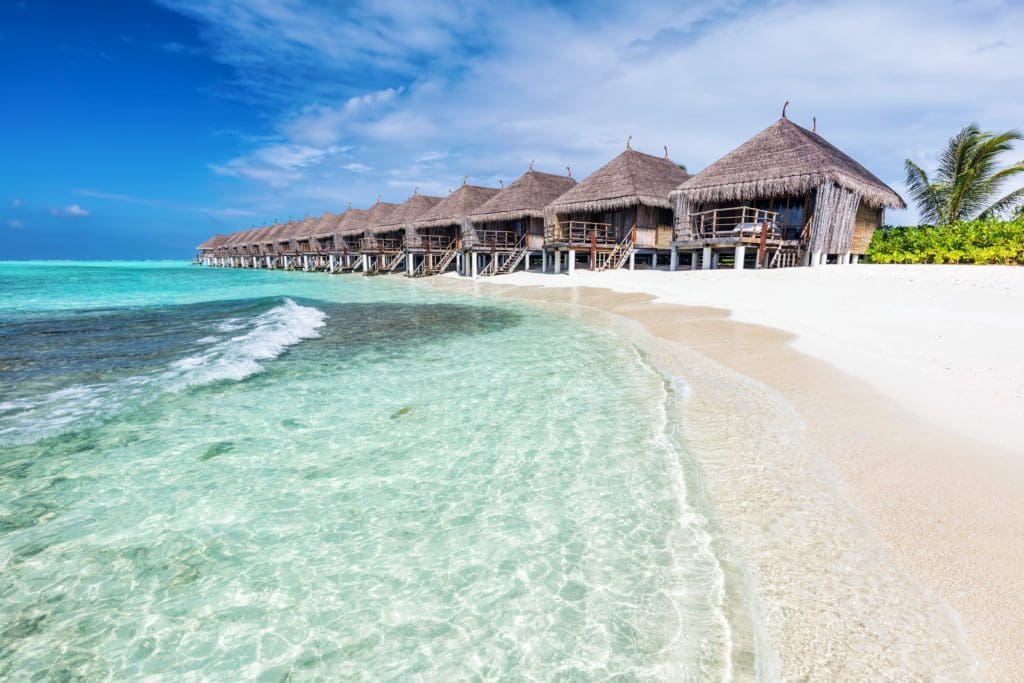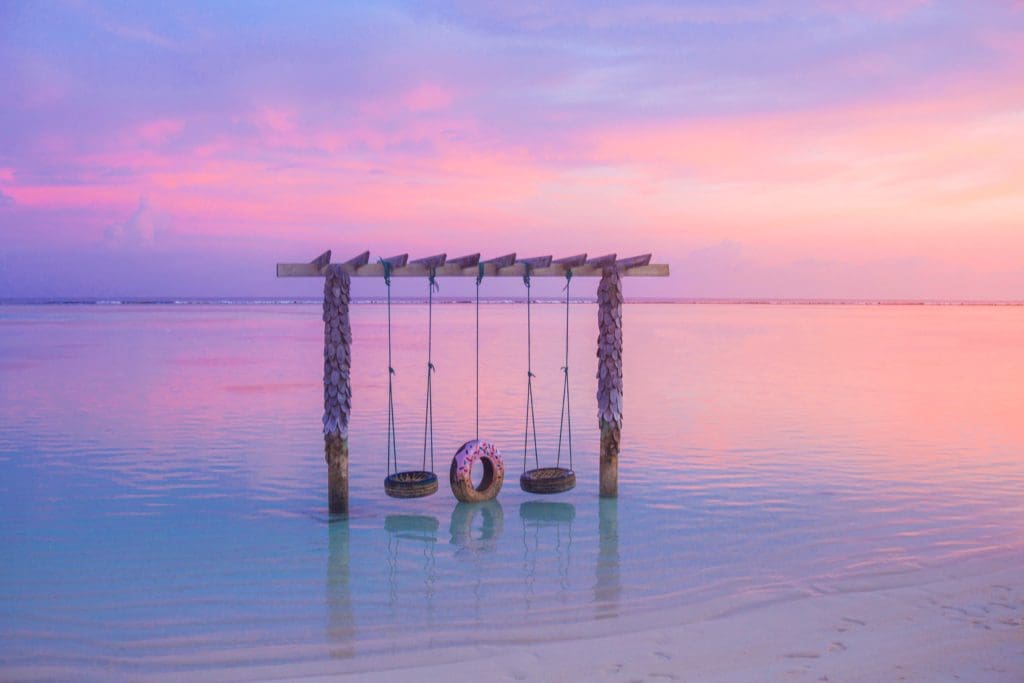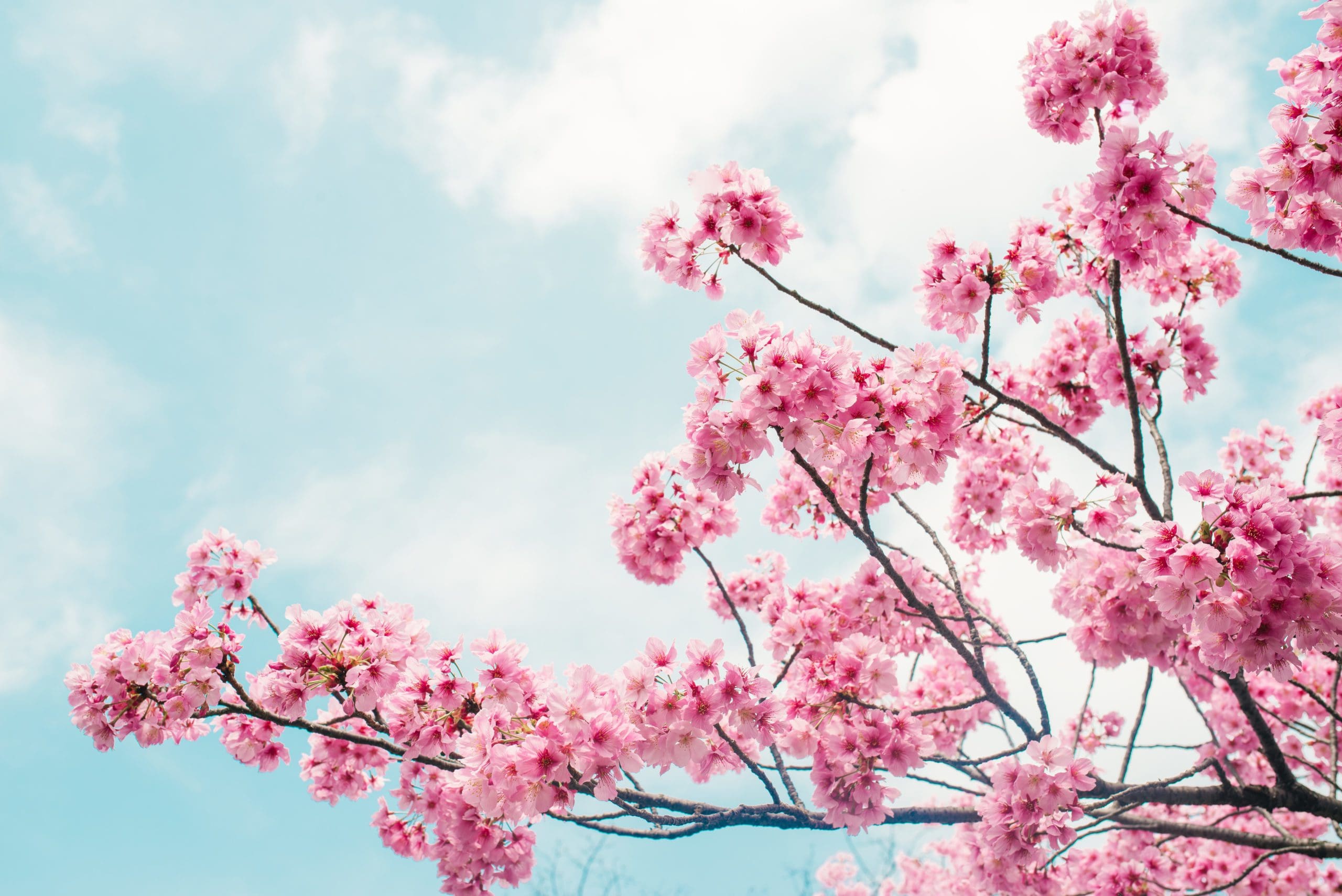Menu
The Maldives is an archipelago located in the Indian Ocean and is known for its crystal-clear waters, white sandy beaches, and rich marine life. Due to its low-lying geography, the Maldives is also vulnerable to rising sea levels and periodic flooding. As a result, many homeowners and resorts have started building their properties on stilts, which not only protect their homes from flooding but also provide a stunning ocean view.
Making a home on stilts in the Maldives involves several steps, including obtaining the necessary permits and approvals from the government and ensuring that the design and construction of the property adhere to local regulations and building codes. The construction process usually involves using sturdy piles made of reinforced concrete or steel, which are drilled deep into the sand or coral rock to provide a solid foundation for the structure.
The design of the house is typically open-plan and utilizes large windows and glass doors to allow plenty of natural light and to provide unobstructed views of the ocean. The stilts elevate the house above the water, creating a sense of floating above the waves. The interior of the house may feature high-end finishes, such as natural stone, hardwood, and marble, to create a luxurious and comfortable living space.
Living in a home on stilts in the Maldives offers many benefits, including protection from flooding and the ability to enjoy the natural beauty of the ocean. Additionally, homes on stilts may have better ventilation and be less prone to insect infestations than traditional homes.

Making a home on stilts in the Maldives can be a great option for honeymooners looking for a unique and romantic experience. The combination of the stunning ocean views and the feeling of being suspended above the water can create a magical atmosphere perfect for a honeymoon.
There are many resorts in the Maldives that offer honeymoon packages that include stays in overwater villas or bungalows built on stilts. These accommodations typically feature luxurious amenities, such as private decks, outdoor showers, and jacuzzis, as well as personalized services, such as butler service and private dining options.
Many of these resorts also offer a range of activities for couples, including spa treatments, snorkeling and diving excursions, and romantic sunset dinners on the beach. Couples can also take advantage of the Maldives’ warm, tropical climate and enjoy outdoor activities, such as swimming, kayaking, and paddleboarding.
Overall, making a home on stilts in the Maldives for a honeymoon can be a truly memorable and romantic experience. With its stunning natural beauty, luxurious accommodations, and personalized services, the Maldives is an ideal destination for couples looking to celebrate their love in a unique and unforgettable way.
One unique feature of making a home on stilts in the Maldives is the stunning ocean view that it provides. Since the homes are built directly over the water, residents can enjoy uninterrupted views of the ocean and the surrounding coral reefs. This creates a sense of being one with nature and offers a peaceful and calming atmosphere.
Another unique feature of these homes is the feeling of floating above the water. The stilts elevate the home above the surface of the water, providing a sense of weightlessness and tranquility. This creates a unique and immersive experience that is different from traditional homes.
Furthermore, many of the homes on stilts in the Maldives are built using sustainable and eco-friendly materials and practices. This reflects the Maldives’ commitment to preserving its natural environment and reducing its carbon footprint. For example, some homes may use solar panels for energy and employ water conservation practices to minimize their impact on the environment.


Making a home on stilts in the Maldives can be done at any time of the year, as the construction process is not affected by seasonal changes. However, the best time to start the construction of the home may depend on the weather conditions and the availability of resources.
The Maldives experiences a tropical climate, with warm temperatures and high humidity throughout the year. The dry season runs from December to April, and this is generally considered the best time to visit the Maldives, as the weather is typically sunny and dry, with lower humidity levels. The wet season runs from May to November, and during this time, the Maldives experiences more rainfall, higher humidity, and occasional storms.
If you plan to build a home on stilts in the Maldives during the wet season, you should be prepared for delays and interruptions in the construction process due to inclement weather conditions. Additionally, the availability of resources, such as building materials and labor, may be limited during this time.


